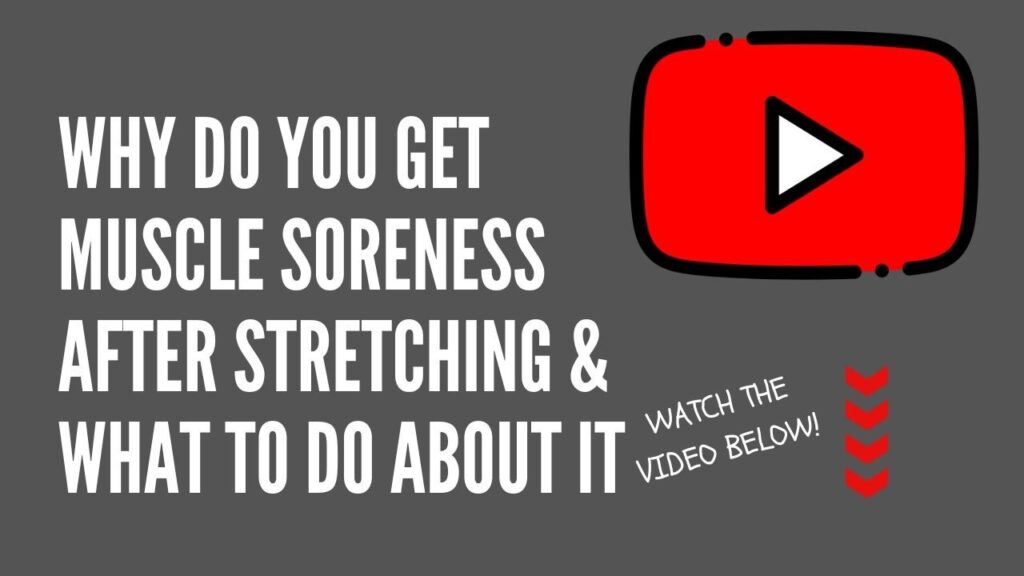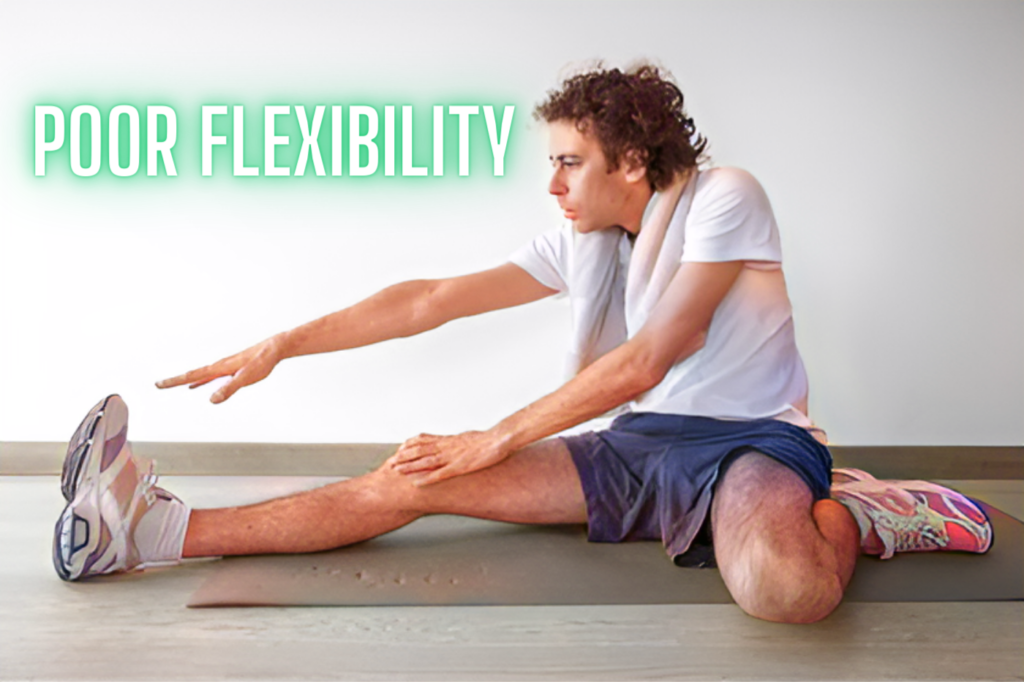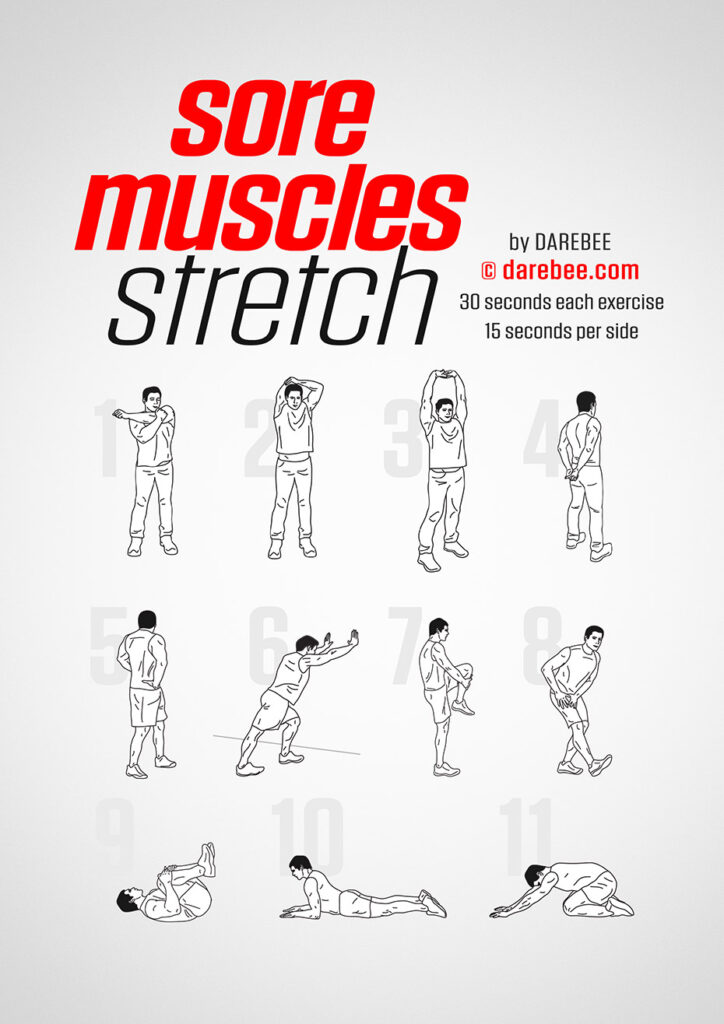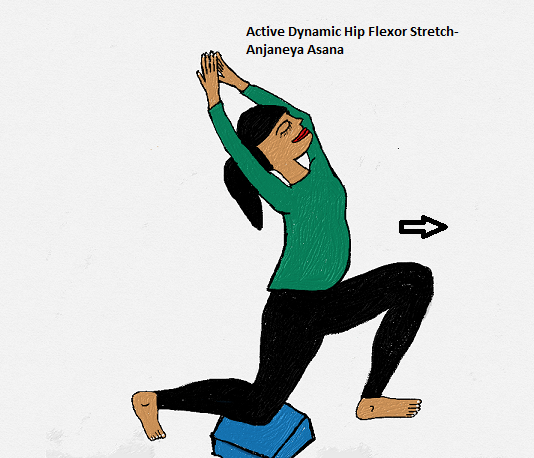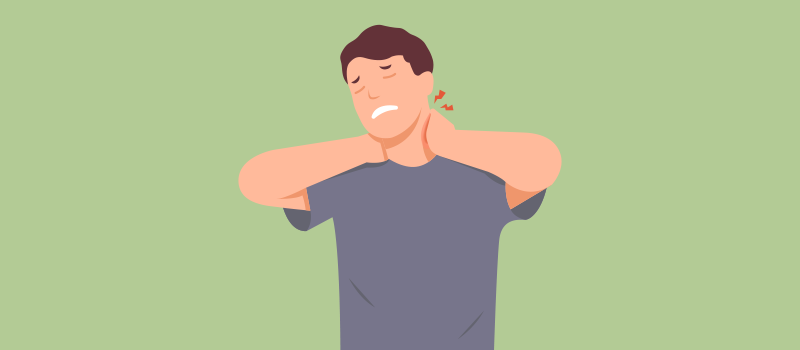Yes, stretching can make you sore. This often happens if you stretch too intensely or infrequently.
Stretching is an essential part of any fitness routine. It helps improve flexibility, reduce muscle tension, and enhance overall well-being. However, stretching incorrectly or overstretching can lead to muscle soreness. This discomfort is usually temporary and can be mitigated by proper technique and consistent practice.
Incorporating a balanced stretching regimen into your daily routine can prevent stiffness and promote muscle recovery. Always listen to your body and avoid pushing past your limits. To maximize benefits and minimize risks, consider consulting a fitness professional for personalized advice. Regular, gentle stretching can lead to long-term improvements in flexibility and muscle health.

Credit: m.youtube.com
The Science Behind Stretching
Stretching can sometimes lead to muscle soreness due to tiny tears in muscle fibers. This soreness is a natural response as muscles adapt and strengthen. Proper warm-up and gradual intensity help minimize discomfort.
How Stretching Affects Muscles
Stretching pulls on your muscles. This makes them longer and more flexible. Sometimes, stretching can cause tiny tears in your muscles. These tears are normal and help your muscles grow stronger. But they can also make you feel sore.
Types Of Stretching And Their Impact
There are different types of stretching. Static stretching is when you hold a stretch for a while. Dynamic stretching involves moving parts of your body. Ballistic stretching uses quick, bouncing movements. Each type affects your muscles differently.
Static stretching can make you feel sore if you hold the stretch too long. Dynamic stretching prepares your muscles for activity. It is less likely to cause soreness. Ballistic stretching can be risky and might cause injury. Always stretch gently and listen to your body.
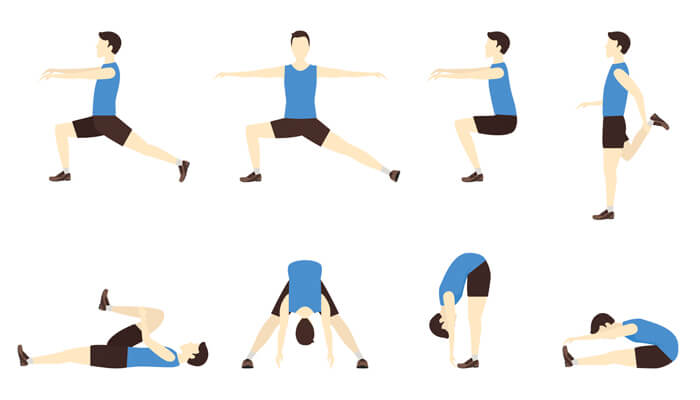
Credit: www.avogel.co.uk
Common Myths About Stretching
Many people believe that stretching always prevents injury. This is not always true. Stretching helps muscles to become more flexible. But it does not guarantee injury prevention. Other factors like proper warm-up and technique are important too. Overstretching can sometimes cause injury. So, it’s essential to stretch properly and listen to your body.
People often think more stretching equals more flexibility. This is also a myth. Flexibility improves with consistent practice. Stretching too much at once can lead to soreness. Balance is key. It’s better to stretch regularly in small amounts. This helps muscles to become flexible without pain.
Can Stretching Cause Soreness?
Stretching can cause soreness. Good pain feels like a gentle pull. Bad pain feels sharp or intense. Good pain helps muscles grow. Bad pain can cause injuries. Always listen to your body. Stop if pain feels wrong. Keep stretches gentle and slow. This helps avoid injury.
Overstretching can harm muscles. It causes tears and soreness. Stretch within your comfort zone. Never push too hard. Gradual stretching is safer. Always warm up before stretching. This prepares muscles for activity. Remember, safety first during stretching.
Factors Influencing Post-stretching Soreness
Stretching hard can make muscles sore. Long stretches can also cause soreness. Short stretches are usually safe. Gentle stretches are best for beginners. Always listen to your body. Stop if it hurts. Overstretching can lead to injury. Warm up before stretching. This helps prevent soreness.
Everyone has different flexibility. Some people are very flexible. Others are not. Flexible people stretch easily. Less flexible people may feel sore. Stretching improves flexibility over time. Start slowly and increase gradually. Never compare your flexibility to others. Each body is unique. Always be gentle with yourself.
Delayed Onset Muscle Soreness (doms) Explained
DOMS means feeling sore after a workout or stretch. Soreness usually starts 6 to 8 hours later. It can last up to 72 hours. Muscles might feel tender to touch. Moving can be uncomfortable. Stretching can sometimes make this soreness happen.
Muscles get tiny tears when stretched hard. These tears cause soreness as they heal. New exercises or stretching routines often lead to DOMS. The body isn’t used to the movement yet. Lactic acid build-up also adds to the soreness. Rest and gentle movements help muscles recover.
Proper Stretching Techniques
Warm-up stretches are done before exercise. They help to prepare your muscles. These stretches increase blood flow. Warm-up stretches also reduce injury risk. Cool-down stretches are done after exercising. They help muscles to relax. Cool-down stretches also reduce muscle stiffness. Both types of stretches are important.
Always stretch gently. Never force your body. Hold each stretch for 15-30 seconds. Breathe deeply while stretching. Stretch both sides equally. Do not bounce during stretches. Stretching should feel good, not painful.
Listening To Your Body: When To Ease Up
Muscle pain is a key sign of overstretching. Sharp pain during stretching is a serious warning. Redness and swelling can indicate injury. Persistent soreness after stretching is also not normal. Loss of strength in the affected area is another clue. Bruising may appear if you overstretch a muscle. Limited range of motion can signal overstretching too.
Start by warming up your muscles before stretching. Hold each stretch for about 20-30 seconds. Avoid bouncing during stretches. Listen to your body and stop if it hurts. Stretch both sides of your body equally. Incorporate rest days to allow muscles to recover. Use proper form to prevent injuries.

Credit: darebee.com
Expert Opinions On Stretch-induced Soreness
Stretching can sometimes cause soreness. This soreness is usually mild. Sports therapists often see this. They say it is normal. Muscles may feel tight. This happens because of minor tears. These tears heal and make muscles stronger.
Fitness trainers agree that soreness can occur. They recommend starting slowly. Gradual stretching helps. Increasing intensity too fast can cause more soreness. Trainers suggest holding each stretch for 20 seconds. This allows muscles to adapt. Drinking water helps reduce soreness.
Frequently Asked Questions
Why Am I More Sore After Stretching?
Stretching can cause microtears in muscles, leading to soreness. Overstretching or improper techniques increase this effect.
Does Stretching Make Your Muscles Hurt?
Yes, stretching can make your muscles hurt, especially if you push too hard or stretch cold muscles. Always warm up first.
What Happens If You Stretch Too Much?
Overstretching can cause muscle strain, joint instability, and potential injury. Balance stretching with proper warm-up and cool-down routines.
Should You Still Stretch If You’re Sore?
Yes, you should stretch if you’re sore. Gentle stretching can improve flexibility and reduce muscle tightness. Avoid intense stretches.
Conclusion
Stretching can indeed make you sore, especially if you overdo it. Listen to your body and stretch gradually. Consistent, gentle stretching helps improve flexibility and reduce soreness. Always warm up before stretching to minimize the risk of injury. Remember, consistency and moderation are key to avoiding discomfort and enhancing your overall well-being.

